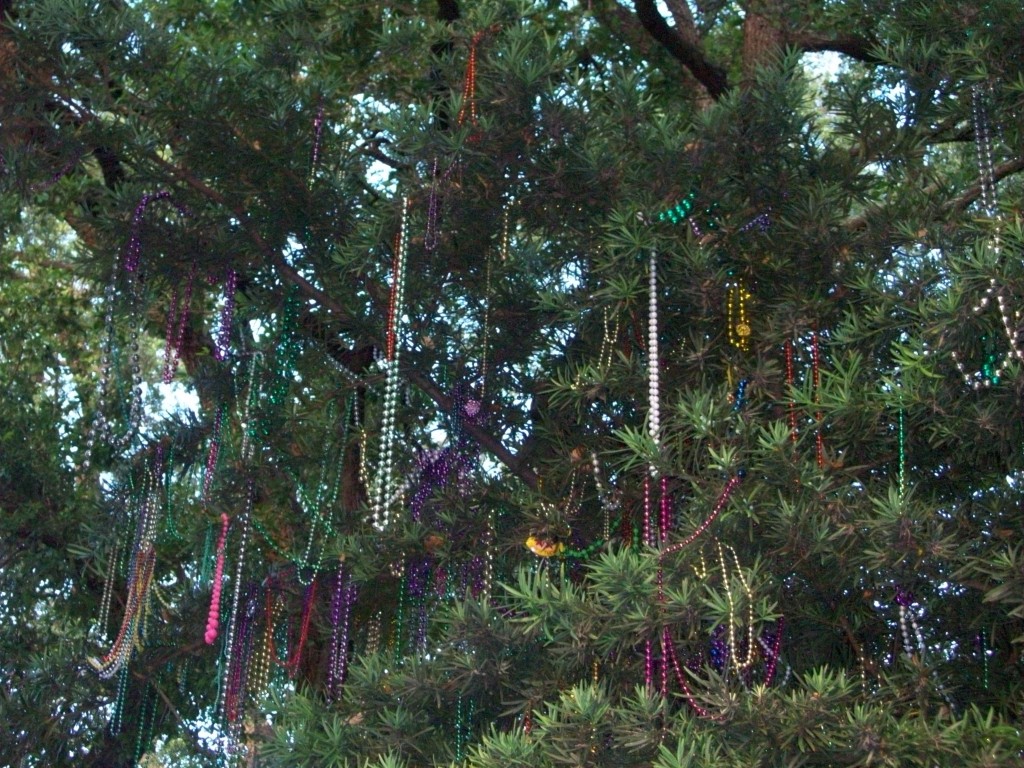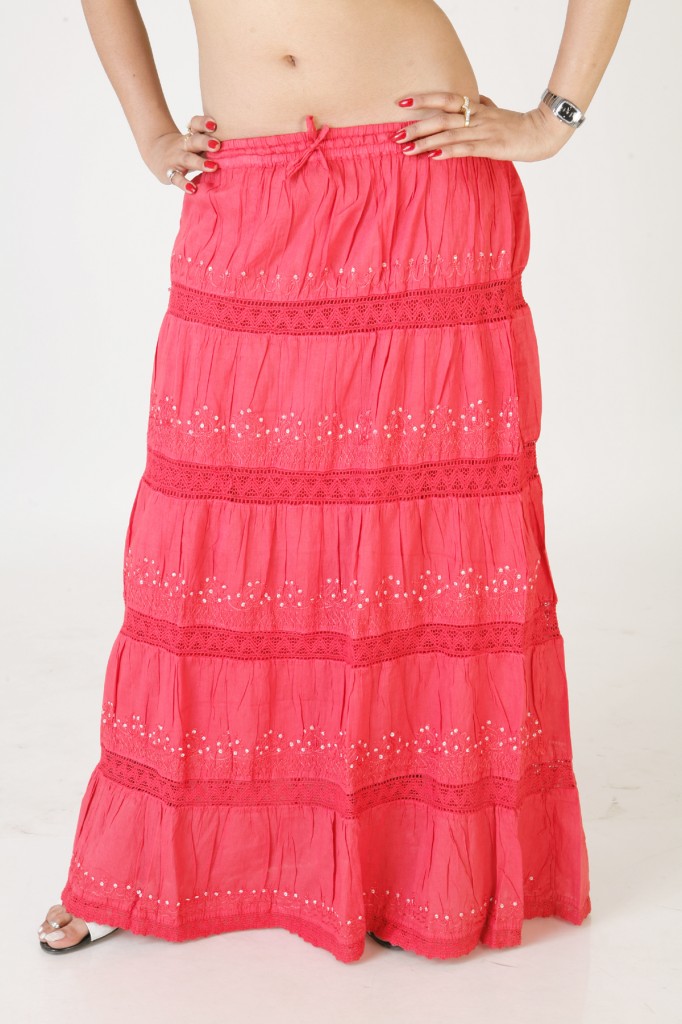When I visited New Orleans, I was tickled to see Mardi Gras beads, months after Mardi Gras, still hanging from trees along the parade route:

It was neat to see the beads, so pregnant with local meaning, glinting in the trees.
But later, I wondered, where do Mardi Gras beads come from? It turns out, according to Kevin Fox Gotham, who’s written a great book on New Orleans tourism, they’re made largely in China. He writes:
Workers in China sew the plastic beads for $4.25 a day, or about $85 a month. Local krewes contract with U.S. bead distributors to order customized beads to sell to individual members, who toss the beads from the parade floats. In short, the production of Mardi Gras beads, products, souvenirs, and memorabilia is no longer the province of local craft skills geared toward local consumption; it has been appropriated, reimagined, and retooled for mass production and mass consumption.
It turns out there is a documentary called Mardi Gras: Made in China, that is all about the bead industry. The trailer:
A great example of the global economy.
Lisa Wade, PhD is an Associate Professor at Tulane University. She is the author of American Hookup, a book about college sexual culture; a textbook about gender; and a forthcoming introductory text: Terrible Magnificent Sociology. You can follow her on Twitter and Instagram.








